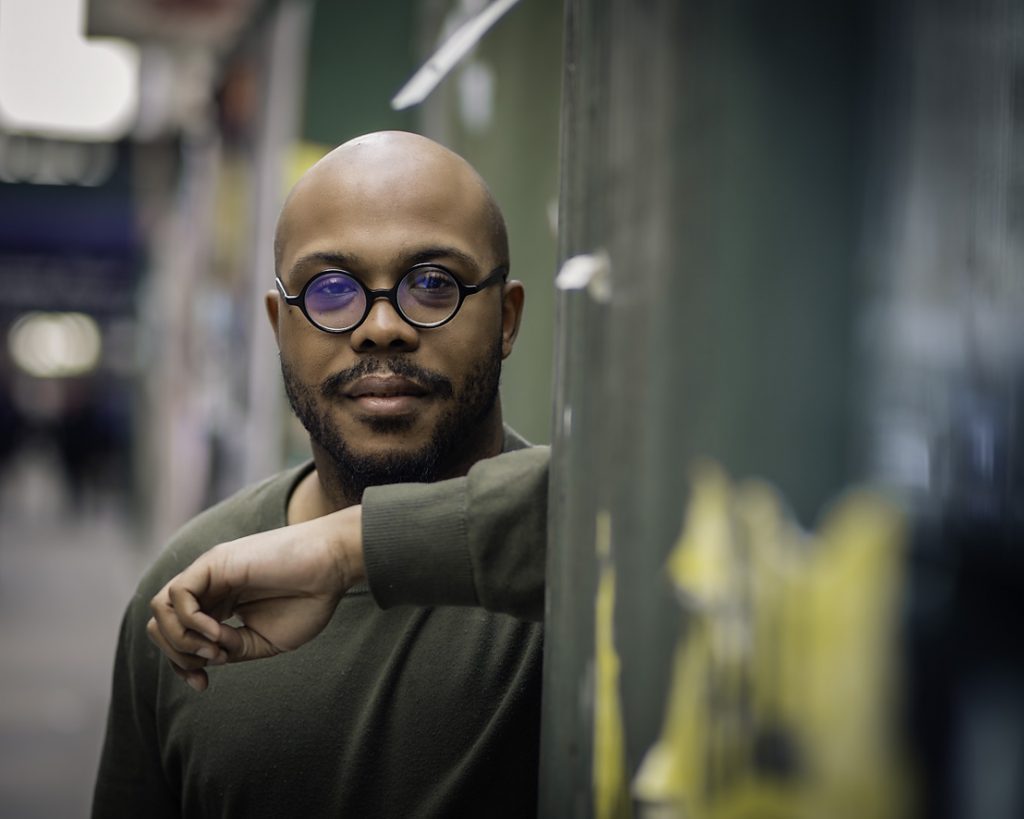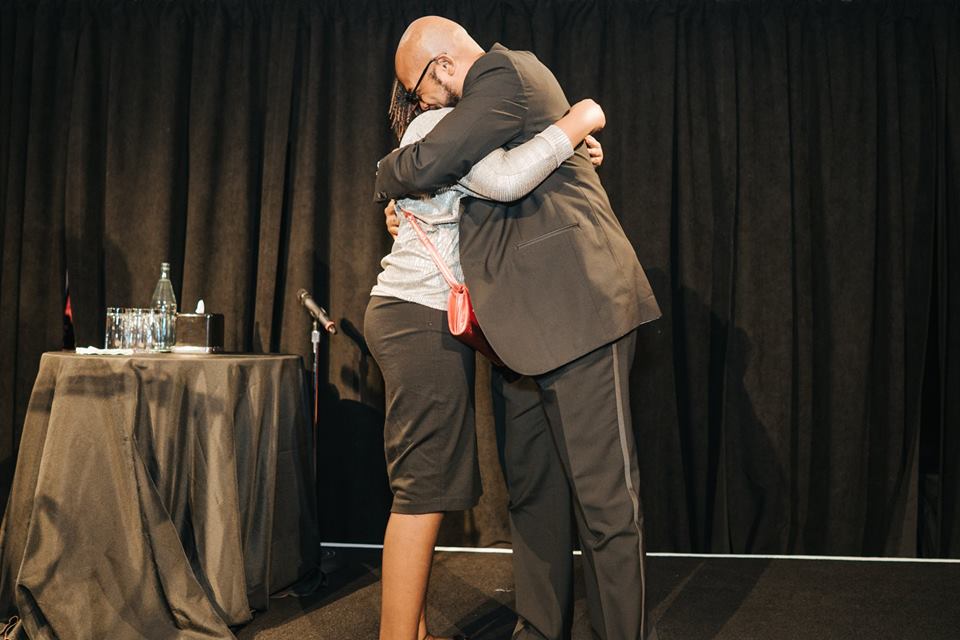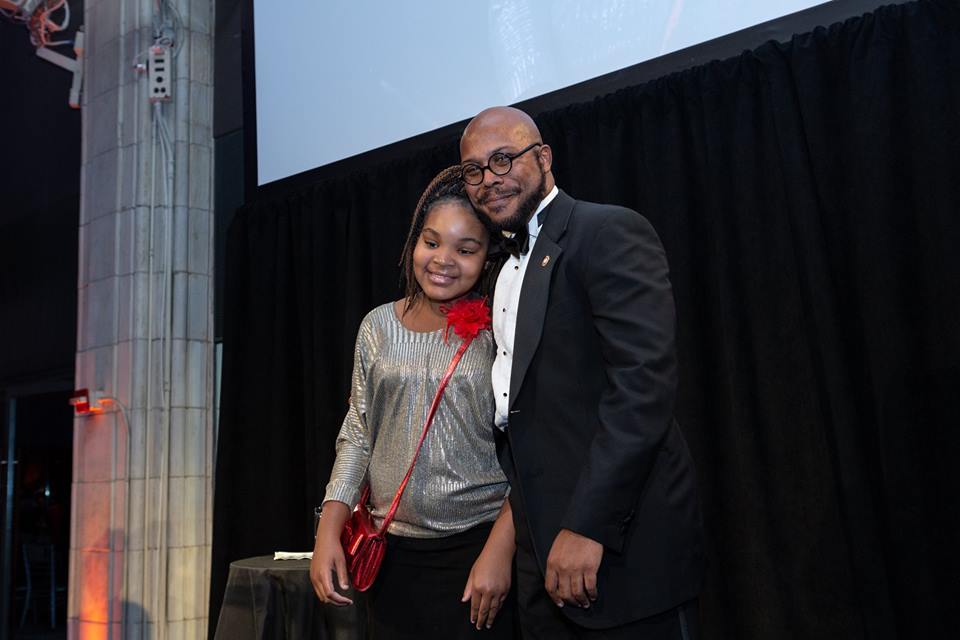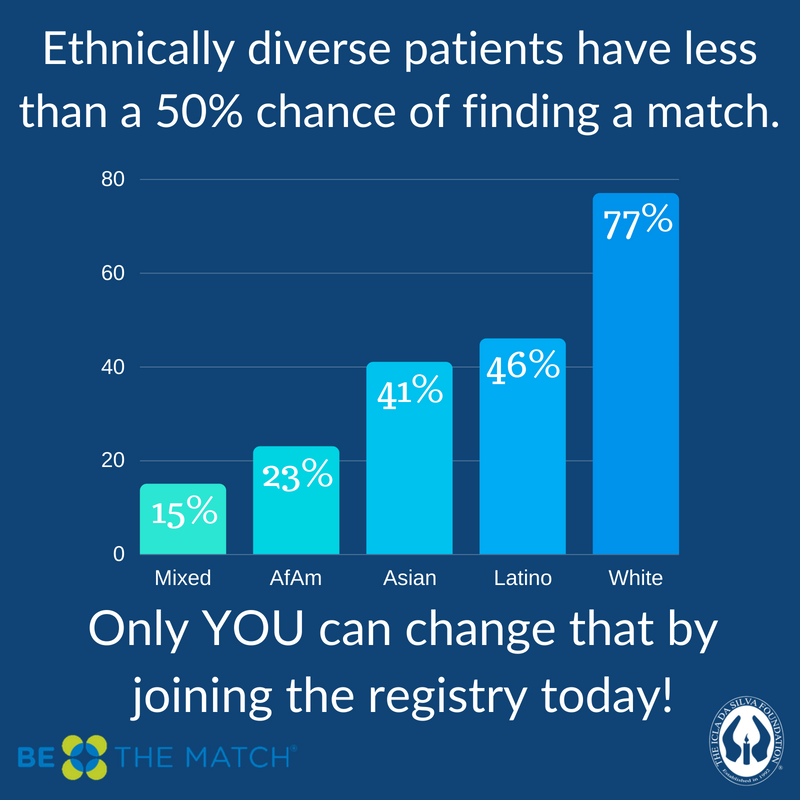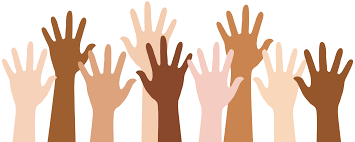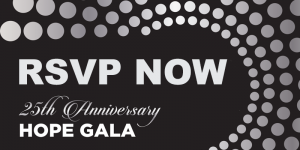Have you ever given to a complete stranger?
to Give [giv] verb: to freely transfer possession of something to someone: to hand over, without expecting compensation
Michael Powell is a “giver.” He regularly donated blood. He also donated his bone marrow. Twice. Once with a stem cell transplant, and again through a bone marrow transplant. He gave, not knowing where, or to whom it was going. He is a giver.
In 2007, while at a company blood drive in NYC, he met some folks from the Icla da Silva Foundation. They were asking people to consider joining the Be The Match bone marrow registry. Most blood cancer patients, people with varying forms of leukemia, lymphoma, or sickle cell, don’t have a matching donor in their family. They require a transplant from a stranger in order to survive. Their doctors search the Be The Match registry, looking for a matching donor.
On the day in 2007, after he finished donating blood, Michael joined the bone marrow registry. He filled out some forms, swabbed his cheek, and was entered onto the registry. It was that simple. The process is now digital, and they mail the swabs to your home, but anyone between the age of 18 and 44 can join.
Michael agreed to donate his stem cells or bone marrow, should the need ever arise.
Matching and the Challenge
Unfortunately, that need arises every day. Approximately 14,000 times every year. The challenge is in finding the perfect “match” for those patients in need of a transplant.
Only one out of every 406 people on the registry will match and donate. A match is usually determined by a person’s ethnic ancestry. An African American patient is most likely to receive a successful transplant, a perfect match, from an African American donor. Michael wasn’t aware of it at the time, but African American donors are in short supply. For the African American patients with a blood cancer or sickle cell, only 23% are able to find a match on the current registry. By comparison, Caucasians are able to find a successful match 77% of the time.
There simply aren’t enough potential donors included on the registry, especially donors of ethnic diversity. The Icla da Silva Foundation is doing its best to change that by specifically holding registration drives within diverse communities.
You can join the registry by clicking the link. You may match a patient in need.
Michael’s First Bone Marrow Donation
In 2013, six years after joining the registry, Michael received a call that he was a match. He had forgotten that he was even on the registry. Be The Match explained the process and asked if he would be willing to donate his stem cells through a PBSC donation.
He agreed.
They scheduled a check-up, to make sure he was physically fit, and organized some tests to ensure he was a perfect match. The donation process includes injections of filgrastim, which helps increase the number of blood-forming cells in the body. Be The Match organized a visiting nurse, who came by his apartment daily, for the filgrastim shots.
Five days later, he donated at Memorial Sloan Kettering hospital in NYC. It took about 4 hours. His blood was removed through an intravenous needle in one arm, passed through a machine that collected the blood-forming cells, and the remaining blood was returned to his body through a needle in the other arm.
Michael told me that Be The Match took care of everything. They offered to have someone go with him to the hospital. They organized a car to pick him up and take him back home. They even paid for a meal for him and a friend after his donation.
He insists the process was easy and pain-free. He had some joint stiffness for a few days, but he would recommend that everyone join and donate if they are offered the opportunity.
The next step was waiting to hear if it was successful for the patient.
Unfortunately, shortly after the transplant, due to complications from their cancer, the patient passed away. Michael was greatly affected by that news. He says “it meant so much for me to give, but to learn that the patient passed away, that was very heavy on my heart.”
Michael’s Second Donation
In 2017, he received a second call. He was a possible match for another patient.
Again, Be The Match kept in close communication and organized everything for him. They scheduled physical exams and blood tests.
While waiting to see if Michael was the best match, the patient had complications and the doctor indicated that this time, a surgical marrow extraction was the preferred method.
Michael had never stayed in a hospital before, and he had never had surgery.
Still, he agreed that he would donate.
When I asked him why he shrugged and said to me “Someone needed help and it was an opportunity for me to help that person…I couldn’t think of a reason not to do it.”
They scheduled surgery for June at Memorial Sloan Kettering, where they would extract bone marrow from his pelvic bone. He was anxious. Understandable so.
Michael tells me that the nurses and doctors at the hospital were all incredible. Answering all of his questions and making sure he was comfortable with his decision to donate his bone marrow. Right up to the very last minute, the doctor and anesthesiologist asked him if he was still comfortable going through it.
Once again, Michael said yes.
On June 1, 2017, at Memorial Sloan Kettering hospital in New York City, Michael donated his bone marrow through a surgical procedure. On June 2, a sickle cell patient received Michael’s bone marrow in a transplant at Nationwide Children’s Hospital in Columbus Ohio.
Always positive, Michael remarked that during the surgery, it was the best sleep he had ever had. He was emotionally relieved that it was over; physically, he was stiff.
Again, I kept pushing Michael about the why. I think he grew tired of me asking. His response was direct and to the point – “I didn’t think of why, I thought of how, and when do you need me. I knew I wasn’t going to be harmed from it.”
I still find his perspective to be remarkable. Michael believes that we are all connected. It is very important to him. He tells me that “we all have a chance to make a difference in someone’s life.” While that is very true, unfortunately, many people do not act on it.
Michael Powell did, and he made a difference in someone’s life. We are forever grateful.
The Meeting
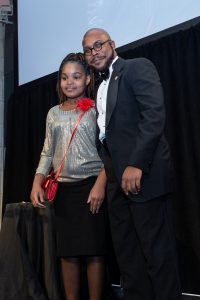 After a transplant in the United States, the donor and recipient are not allowed to meet for at least a year. On October 17, 2018, 16 months after the bone marrow transplant, Michael was invited to the annual Icla da Silva Hope Gala. It was at the Gala that he met his patient, Aunesti Sullivan.
After a transplant in the United States, the donor and recipient are not allowed to meet for at least a year. On October 17, 2018, 16 months after the bone marrow transplant, Michael was invited to the annual Icla da Silva Hope Gala. It was at the Gala that he met his patient, Aunesti Sullivan.
Every year at the Gala, we introduce patients and their donors to each other on the stage. It was the first time that Michael and Aunesti met. It was an emotional experience for everyone in the room.
Aunesti is a 13-year-old girl from Toledo, Ohio. She was born with Sickle Cell Anemia, and as a result of the Sickle Cell, was also suffering from Avascular Necrosis (AVN), or brittle bone disease.
Aunesti is doing very well. She is active, back in school, and living the life of a teenager.
Michael is happy to have made a difference in her life. He tells me they keep in constant contact via text and phone. He has agreed to work with us to help spread the word about the importance of joining the registry and staying committed to donate if you ever match a patient In need.
Anyone between the ages of 18 and 44 can join by clicking the link below.
Thanks for reading, and thank you to Michael for making a difference in someone’s life. We are all connected.
Written by Bret Itskowitch
A Time for Feeling Both Thankful and GratefulOn October 17, 2018, Aunesti Sullivan and her extended family met Michael Powell, the man who saved her life.
Aunesti, a 13 year old girl from Toledo, Ohio, was born with sickle cell anemia. At the age of 10, as a result of the sickle cell, she developed Avascular Necrosis (AVN), also known as brittle bone disease.
Needless to say, Aunesti’s young life has been filled with treatments, transfusions, and extended hospital stays.
Her doctors recommended a bone marrow transplant to cure her disease, and she was fortunate to find a 100% matching donor through the Be The Match registry. That Donor is Michael Powell, and he joined the registry through a donor drive run by the Icla da Silva Foundation.
Michael donated his bone marrow through a surgical procedure on June 1, 2017 at Memorial Sloan Kettering in New York City. On June 2, Aunesti received a bone marrow transplant at Nationwide Children’s Hospital in Columbus Ohio.
One year following the transplant, and Aunesti is doing very well. She is active, back in school, and living the life of a teenager. This past October, at the annual Icla da Silva Hope Gala in New York City, Aunesti and Michael met for the first time.
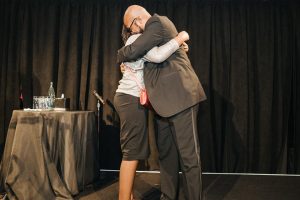 “He’s given me a quality of life, he’s given me the opportunity to be a teenager, and live life to the fullest.”
“He’s given me a quality of life, he’s given me the opportunity to be a teenager, and live life to the fullest.”
– Aunesti Sullivan
“Someone needed help and it was an opportunity for me to help that person…I couldn’t think of a reason not to do it.”
– Michael Powell
As we begin the coming holiday season, we are both thankful and grateful. One person gave and another received, and both are better as a result.
Anyone between the age of 18-40 can join the registry and become a potential donor for a patient in need. Please join.
Watch below for a recap of their meeting at the 26th Icla da Silva Hope Gala on October 17, 2018:
Written by: Bret Itskowitch
Surviving Cancer While Being Ethnically DiverseCelebrating Diversity
We live in a world that is becoming more ethnically diverse. This diversity makes every one of us richer in experience, knowledge, and understanding. Every day we observe different cultures, practices, foods, and religions. We recognize people for who they are, with different skin color, dress and speech.
We understand that diversity makes each one of us unique.
We celebrate it. We honor our heritage and our own ethnic background. We tell stories and share traditions with our sons and daughters, and we reflect on the uniqueness that makes us who we are.
The Challenge
For patients suffering from a blood cancer like leukemia, lymphoma or sickle cell, being ethnically diverse can challenge their survival.
70% of patients in need of a bone marrow or stem cell transplant, do not have a matching donor in their family. As a result, they rely on the NMDP registry, managed by Be The Match, to find a potential donor, a matching donor.
The best chance for a match is to find someone of similar ethnic ancestry who is willing to donate stem cells or bone marrow.
Unfortunately, many ethnicities are currently underrepresented on the registry, making it more difficult for those patients to find their match.
The Icla da Silva Foundation focuses on adding more ethnically diverse donors to the Be the Match registry. We strive to educate and inform more people about the importance of adding yourself to the registry and giving more hope to patients who are searching for a potential donor.
Answering The Challenge
There are 3 common questions regarding becoming a potential donor and giving a patient a second chance at life.
A. Is It Difficult?
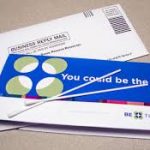 Joining the registry to be included in patient searches is easy. Click any of the links on this page, set up an account with email and password, and answer a few questions. A swab kit will be sent to your home. Once you swab the inside of your cheek and return it to Be the Match, you are entered into the registry and included in patient searches.
Joining the registry to be included in patient searches is easy. Click any of the links on this page, set up an account with email and password, and answer a few questions. A swab kit will be sent to your home. Once you swab the inside of your cheek and return it to Be the Match, you are entered into the registry and included in patient searches.
Everyone should do it.
The total registration process takes about 8 minutes…10 minutes if you type slow like me.
B. Is It Scary?
 There has been a lot of misinformation about bone marrow donation in movies and popular culture.
There has been a lot of misinformation about bone marrow donation in movies and popular culture.
None of it is true.
There are two ways to donate bone marrow, (1) the more common PBSC method, performed at an outpatient clinic, and (2) a donation performed surgically, at a hospital.
- 80% of donors make their donation through PBSC (stem cell donation), which is a non-invasive outpatient procedure. PBSC donors receive daily injections of a drug called filgrastim for five days, to increase the number of blood-forming cells in the bloodstream. Then, through a process called apheresis, a donor’s blood is removed through a needle in one arm and passed through a machine that separates out the blood-forming cells. The remaining blood is returned to the donor through the other arm.
- 20% of donors do so with a surgical procedure done under general or regional anesthesia in a hospital. While a donor receives anesthesia, doctors use needles to withdraw liquid marrow from the back of the pelvic bone.
C. Is It Expensive?
The cost to donate bone marrow or stem cells is 100% free and doesn’t utilize your insurance. Be the Match will make sure that you have everything you need to donate. Whether it’s a ride to a transplant center, a letter explaining your donation to your employer, or help with childcare, Be the Match will be there for you.
Consider A Simple Solution
Join the Registry
Everyone can become part of the solution by joining the Be The Match registry. Inform your family and friends about the importance of adding themselves to become potential donors. You may become a life saver to a patient in need, a patient who does not have a match.
What would you do if you were faced with the challenge of dealing with a blood cancer like leukemia or sickle cell? Where would you go to search for a matching donor? How would you find someone who shares a similar ethnic background to you? There are over 14,000 patients who currently need a matching donor. Many will not survive because they can’t find someone like them, someone like you.
Remember, ethnically diverse patients are not well represented on the registry. If you are ethnically diverse, you are the only one who can change this fact.
If you have already registered, thank you. There are other ways that you can help us add more diversity to the registry.
Host A Drive
Are you involved with a group or organization that is ethnically diverse? Join forces with us and host a donor drive at your school, work, or social organization.
We do all of the work, you just have to make the introductions.
Volunteer
You can also volunteer, and work with us to make our donor drives bigger, better and more inclusive.
The Donation Process
Do you still have questions about the donation process?
Please join the registry and give greater hope to patients in need, it’s their only chance for survival.
Remember, you may be someone’s cure.
Sign Up. Save a Life.
Written by Bret Itskowitch
We Remember the Tate FamilyLast month was National Sickle Cell Awareness Month. In recognition, we remember the courageous Tate family from Maple grove Minnesota.
The first two daughters of Yalonda and Gary Tate both had sickle cell anemia. The life threatening disease meant bi-weekly trips to the hospital for blood transfusions and follow up visits for both girls. People with sickle cell disease have abnormal hemoglobin in their red blood cells. Hemoglobin is a protein that carries oxygen throughout the body. When the cells are irregularly shaped, like sickles or crescent moons, the cells can get stuck and are not able to carry adequate oxygen throughout the body. Sickle cell disease is most common among people of African descent. The only cure is a matching bone marrow transplant.
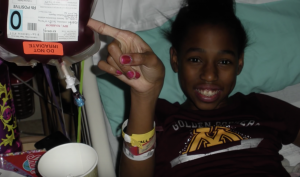
Madison, the oldest daughter (now 23), had a bone marrow transplant in 2004, which failed. The doctors told the Tates that a sibling bone marrow match was their best hope. Since their daughter Olivia was also sick, she was not an option for a transplant.
The Tates decided to have another baby. They went through in vitro fertilization, testing Yolanda’s eggs until they found one free of the sickle cell trait. In November of 2005, the Tates gave birth to their 3rd daughter, Quinnlyn. At the age of six months, Quinnlyn gave her oldest sister Madison a gift of life. Stored stem cells from her umbilical cord were used in a transplant, giving life to her older sister.
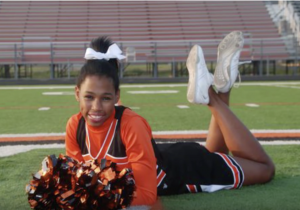
Olivia (now 19) was also in need of a matching bone marrow transplant. Fortunately, a 100% match was found. The donor, Sidnei Barbosa, had registered to become a donor through the Icla da Silva Foundation. The foundation is the largest recruitment center for the Be The Match registry, focusing almost exclusively on patients with a racially diverse background.
Joining the registry, especially for people from minority communities, is important. Olivia Tate was extremely fortunate to find a match to her blood type, but there just aren’t enough potential donors of African decent on the registry. The African American community is underrepresented, which makes it more difficult to find a matching donor. You can register here and help save a life.
Four years ago, Olivia met her donor for the first time at the Icla da Silva Foundations Hope Gala in New York City. You can view the heart-warming story here:
The Icla da Silva Foundation is holding their 25th Anniversary Hope Gala on October 18, 2017. At the Gala, there will be another special meeting between a patient and her donor. You can donate here to help us continue our mission of saving lives by recruiting bone marrow donors and supporting patients and their families with diseases treatable by marrow transplants.
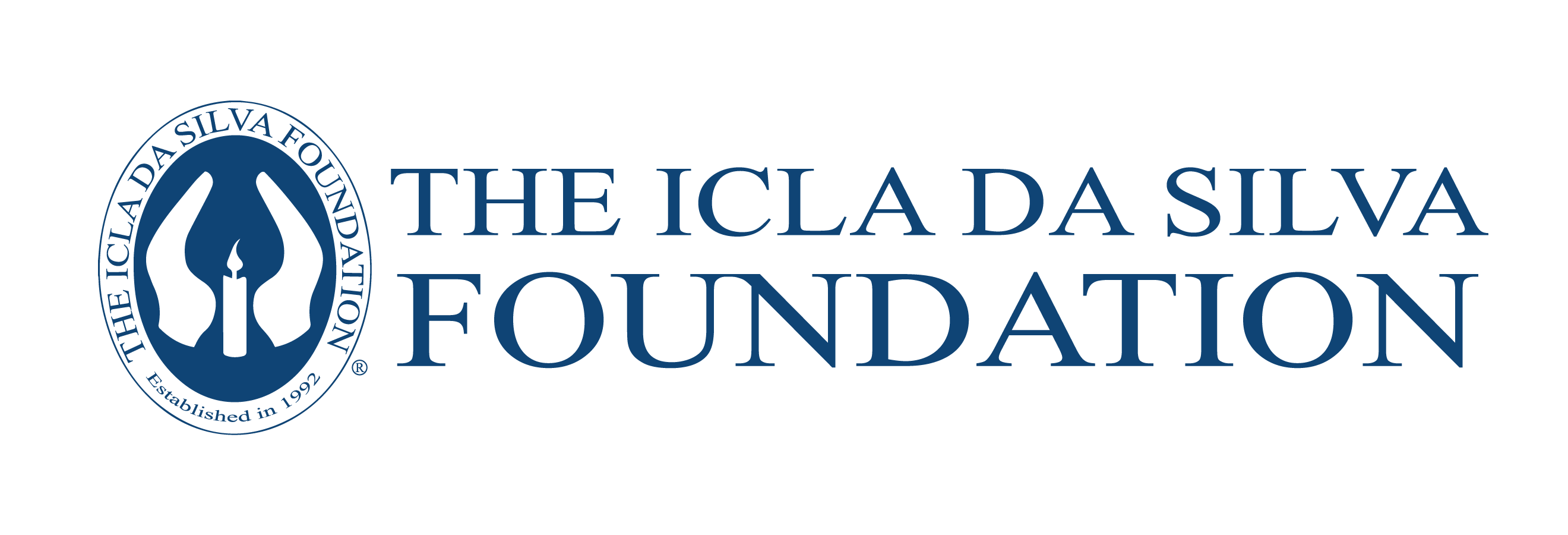
 English
English Spanish
Spanish Portuguese
Portuguese